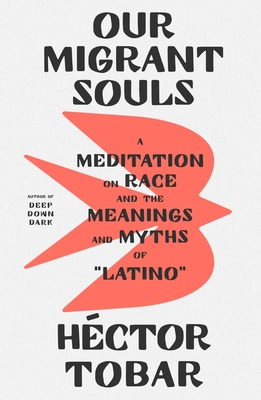Chapter 8: Ashes
byChapter 8: Ashes opens with the author contemplating the lasting effects of the Holocaust, a tragedy that continues to shape global consciousness. The author contrasts this profound historical event with the modern-day struggles of Latin American immigrants, who endure violent conditions in their pursuit of a better life. The educational system today incorporates extensive lessons on the Holocaust, which highlights a marked contrast to the author’s own childhood experiences in the 1970s, when such discussions were not as prevalent. The vivid memories that the author recalls, often involving graphic imagery from films and documentaries, were supplemented by personal interactions with Jewish families who recounted their painful pasts. These personal narratives and historical accounts played a significant role in shaping the author’s understanding of genocide, particularly the ways in which such atrocities resonate through generations.
The chapter delves deeper into the author’s evolving obsession with the history of oppression, specifically regarding marginalized groups. This obsession grows as the author reflects on the genocide of the Jewish people, drawing a connection between that history and the violent conflicts in Latin America, particularly the Salvadoran Civil War. The author recalls witnessing the brutality of the Salvadoran conflict through a documentary, which spurred a deep, lifelong commitment to uncovering the untold stories of suffering in Latin America. These stories, often forgotten or overlooked, echo the suffering experienced by past generations, offering painful reminders of how history often repeats itself. By visiting historical sites connected to violence, such as the location of Víctor Jara’s execution in Chile, the author seeks to understand how personal histories and these tragic events are intertwined. These visits allow the author to make a powerful emotional connection with the victims, learning about the shared and painful history that binds these events across different countries.
The chapter also highlights the role of inherited trauma, suggesting that the scars left by such violence are often passed down through generations. In recent studies, there has been growing recognition that trauma can be inherited, and this concept is explored in the narrative to shed light on how the impact of violence extends beyond those directly affected. This idea connects to the ongoing tragedy at the U.S.-Mexican border, where many migrants perish in the harsh desert terrain while attempting to reach the United States. Despite the immense danger, people continue to embark on this perilous journey, driven by hope for a better future, only to meet tragic ends. The author criticizes U.S. immigration policies, which are portrayed as creating an environment that is hostile and deadly, describing the border as a modern-day killing machine. This metaphor emphasizes the failure of the U.S. government to take responsibility for the thousands of deaths that occur in these desolate areas, where the lives lost are often invisible and ignored by those in power.
The broader context of violence is explored as the chapter moves beyond the Holocaust, highlighting other genocides such as the Armenian and Native American tragedies. These historical events are shown to resonate deeply within Latino communities, where the memory of such violence is still fresh. The author draws a compelling parallel between these past genocides and the ongoing violence that immigrants face today, emphasizing how these modern atrocities are often overlooked or dismissed. The chapter argues that the suffering of today’s immigrants, particularly at the hands of systemic violence and neglect, is a continuation of historical patterns that have yet to be fully recognized or addressed. In weaving these stories together, the author paints a powerful picture of the ongoing struggle against systemic oppression, urging readers to confront the harsh realities of the world and recognize the deep-rooted injustices that continue to plague marginalized communities. The emotional resonance of these narratives demands recognition and action, compelling society to face the moral consequences of allowing such horrors to persist unchecked.

